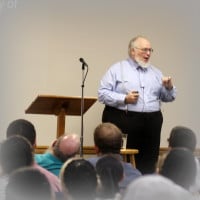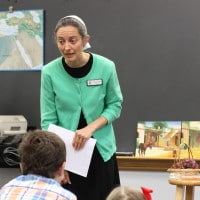Show Them, Tell Them: Techniques to Communicate the Stories of the Bible
It’s Bible story time, so you reach for the Bible story book. Will your students engage with the message? Will they understand how the people of the story felt?
By learning the story so well that you can tell it rather than read it, you unlock greater possibilities for your class, suggests Yvonne. In these videos, she describes
- Obstacles to understanding that can be overcome as you tell the story.
- Three kinds of props that let your students see the story.
- Simple methods of assessment after a story is told.
Flannelgraph and Tips for Effectiveness
In the first of three videos, Yvonne shares best practices for preparing to tell a story, and for delivering that story. Then she demonstrates the power of flannelgraph to bring to life the story of the widow, her sons, and the jars of oil.
Picture by Picture
Using A Beka’s Bible picture cards, Yvonne tells the story of the woman of Shunem and assesses student understanding.
Grapes, Rocks, and Bread: Realia and W Questions
Yvonne tells a story of King Ahab while engaging her students with props. After the story, she leads her students through a brief review of the W questions.
Leave a Reply
Feedback



